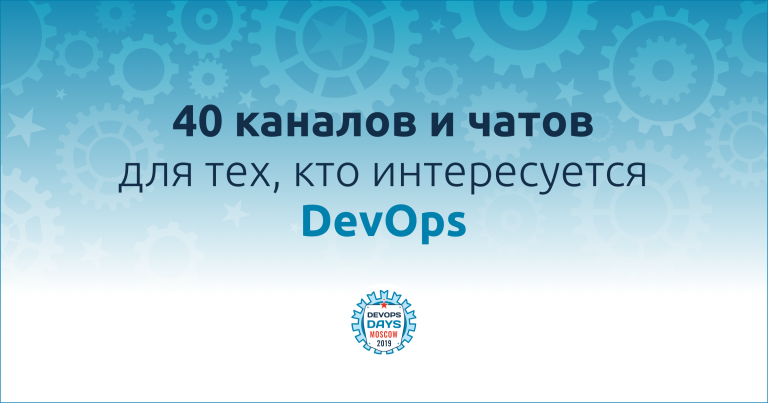How can a developer grow within a company?

How to build a growth plan that says: do A, B, C and you will grow in position/money by X? How to determine the direction of development for the benefit of yourself and the company? I am Alexey Nekrasov, leader of the Python direction at MTS, author of open-source libraries: FastAPI-JSONAPI And flask-combo-jsonapi, Program Director for Python at Skillbox and channel author Python – learn and work.
Growth Strategies
Let’s imagine that you’ve been working for a year and the maximum increase you’ve had this year is salary indexation, and that’s only by 8-10%. You have set a goal to grow by 15-30% over the next 6-12 months. What strategies do you have to achieve this goal:
Learn new technologies. Will increase your value and show your readiness for development, which is critical for moving to higher positions.
Participate in key projects. High visibility of your achievements to management opens doors for advancement.
Build professional relationships. A strong network can provide the support and guidance needed to get promoted.
Showcase achievements. Taking initiatives and successfully implementing them will highlight your role as a valuable player capable of more complex tasks.
Discuss your career plan. A clear plan will show management that you are interested and ready to grow, making you a priority candidate for promotion.
Actively participate in communities. It will strengthen your professional profile and broaden your horizons, which is necessary to occupy leadership positions.
Develop leadership qualities. Shows that you can take on more responsibility and manage teams, which is key to advancing into leadership roles.
Focus on results. Achieving important goals will validate your ability to make meaningful contributions, making you an ideal candidate for promotion.
Each of these strategies directly impacts your professional growth, increasing your chances of advancing in your career.
Ideally, move on all strategies in parallel, but in this case you can get lost and not succeed anywhere. So we'll focus on a few of my favorites and try to group them into an action plan.
Building a plan
We will use the following strategies in our plan: training in new technologies, participation in key projects, developing leadership skills and working with a career growth plan. Let's move on to the plan:
Step 1: Move to Key Project
(Optional) Find a project that is of strategic importance to the company and that interests you personally. This could be something where you can maximize your skills and make a significant contribution. If there is no such project, then we skip this step.
Step 2: Determining the area of responsibility
We identify an area in the project that is underdeveloped or ignored, but has the potential to improve business metrics. This could be automating processes, optimizing productivity, improving security, or integrating new technologies. I will tell you more about the options for growth zones below.
Step 3: Plan for developing skills and upgrading your area of responsibility
Create a plan to develop the necessary skills that will be needed to work in your chosen area of responsibility. Identify training resources such as courses, webinars, and specialized literature. In parallel, develop an action plan to improve the selected project area, including goals, KPIs and expected business results.
Step 4: Proposal to management
Present your plan to management and explain how its implementation will benefit the business. Indicate that a portion of your working time (about 10-20%) will be devoted to this project. Emphasize that this is an investment in the future of the company, and negotiate a possible increase after successful implementation of the plan.
Step 5: Focus on Results
Focus on getting things done while maintaining your core responsibilities. After 3-6 months, when the plan is implemented, summarize and demonstrate the results achieved to management. Highlight how your initiative has improved business processes or performance and discuss the possibility of you being promoted based on previous agreements.
This strategic plan will not only demonstrate your initiative and ability to think in the best interests of the company, but will also set you apart from your peers as a candidate for promotion.
Growth zones
Let's return to growth zones. I have highlighted the following list; there may be much more, you can write in the comments what other growth zones you see or know, I will be happy to discuss.
Here is my list of growth areas and how they can impact the business:
Development and implementation of architectural patterns: Improving the scalability and maintainability of projects, reducing the time for developing and implementing new functions.
Working with big data and data analytics: Uncovering hidden trends and valuable business insights that can help make strategic decisions and increase profits.
Database development and optimization: Increasing application performance by optimizing data processing and reducing infrastructure maintenance costs.
Participation in open source: Increasing the company’s reputation in the professional community, attracting talented developers, improving the quality of its own products through feedback and participation in development.
Code security and system auditing: Minimize security risks, prevent potential data leaks and other threats, which strengthens the trust of customers and partners.
Speaking at conferences: Strengthening the company's brand, demonstrating expertise in certain areas, which can attract new clients and partners.
Profiling and performance optimization: Improves application speed and stability, increases user satisfaction and reduces server load.
Implement specifications and accelerate development: Standardize development processes to reduce rework time and ensure high code quality.
Implementation of monitoring and observability: Ensuring system stability and prompt response to incidents, which reduces downtime and data loss.
Implementation of ML and GPT: Automating routine tasks, improving user experience through personalization and providing new innovative services.
Testing: Improving the quality of products, reducing the number of errors and bugs, which directly affects customer satisfaction.
CI/CD: Accelerating the development and delivery of new product versions.
What's next?
The next steps are to select a growth area that is interesting to you and suitable for your company and start building a plan. Good luck!
If the article is popular, I will post a series of articles with a plan and example for each of the growth zones.
Also in our channel Python – learn and work We analyze and discuss cases of how this or that growth strategy has worked in practice, how to work with the fear of communicating with management on the topic of promotion, and much more.





